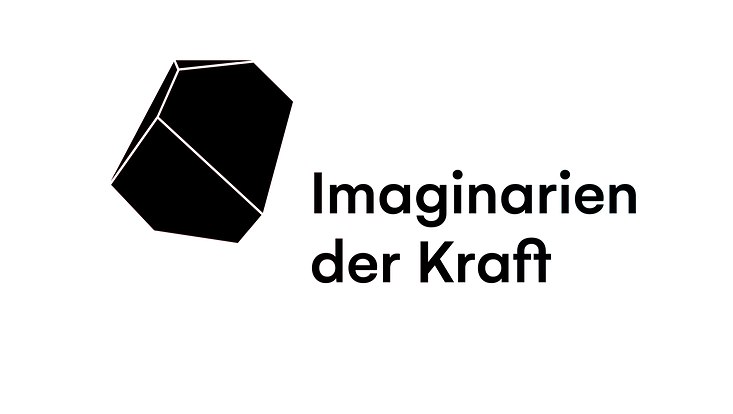Concept
There is hardly a field of cultural reflection that can do without conceptualizations of force. The concept’s pre-eminence as well as its plasticity are reflected in the variety of its imprints and offshoots: whether religious or magical (creative power, magical power), human (vis animae, impulse, willpower), political (kratos, potestas, power, dominion, charisma), physical (gravity, attraction, energy), biological (procreative force), life force, formative powers), physiological (muscle power, power of perception) or socioeconomic (labor power, purchasing power). Since the poetics and rhetoric of antiquity, mediated by the artistic and poetic teachings of the early modern period, the arts in particular have represented the spectrum of their achievements with strikingly frequent recourse to theories of force (creative energy, imaginative force, movere). It is all the more astonishing, then, that there has been hardly any systematic investigation of the transitions and transfers between different applications of the concept of force within the natural, cultural and the artistic sciences. This is where the DFG-Centre for Advanced Studies »Imaginaria of Force« comes in. We gather together diverse disciplinary approaches to concepts of (and related to) force in order to explore their formation and metamorphosis in the arts.
In the first funding phase (2019–2023), the applicants – Frank Fehrenbach (Art History), Matthias Glaubrecht (Biology/History of Science) and Cornelia Zumbusch (German Literature) – together with internationally recognized fellows from across different disciplines, inquired into the historical modes of representation that have emerged to capture forces which are themselves intangible. The point of departure was the observation that the word ‘force’ (Greek dynamis, Latin potentia, vis) denotes the ability to exert effects; yet forces themselves cannot be perceived, but only read indirectly by their effects. According to the guiding thesis, the arts and reflections on them comprise a privileged site for exploring the sensuous effects of the presence of insensible forces; moreover, such artistic medializations and meta-reflections have an impact on natural-scientific concepts as well. In the second funding phase (2023–2037), the new speaker team (Fehrenbach/Zumbusch) will use the results of this fruitful dialogue between the arts, literature and the natural sciences towards more concentrated research on aesthetic forces. The investigation will focus on (1) their affinity to non-quantifiable numinous forces, (2) their relation to non-European models of force, and (3) contemporary engagements with practices of energy production in design, art and literature.


